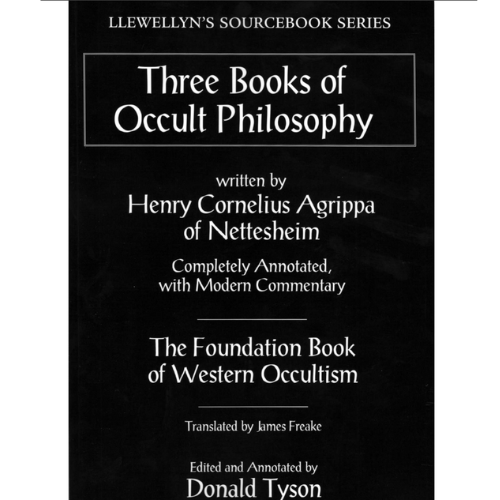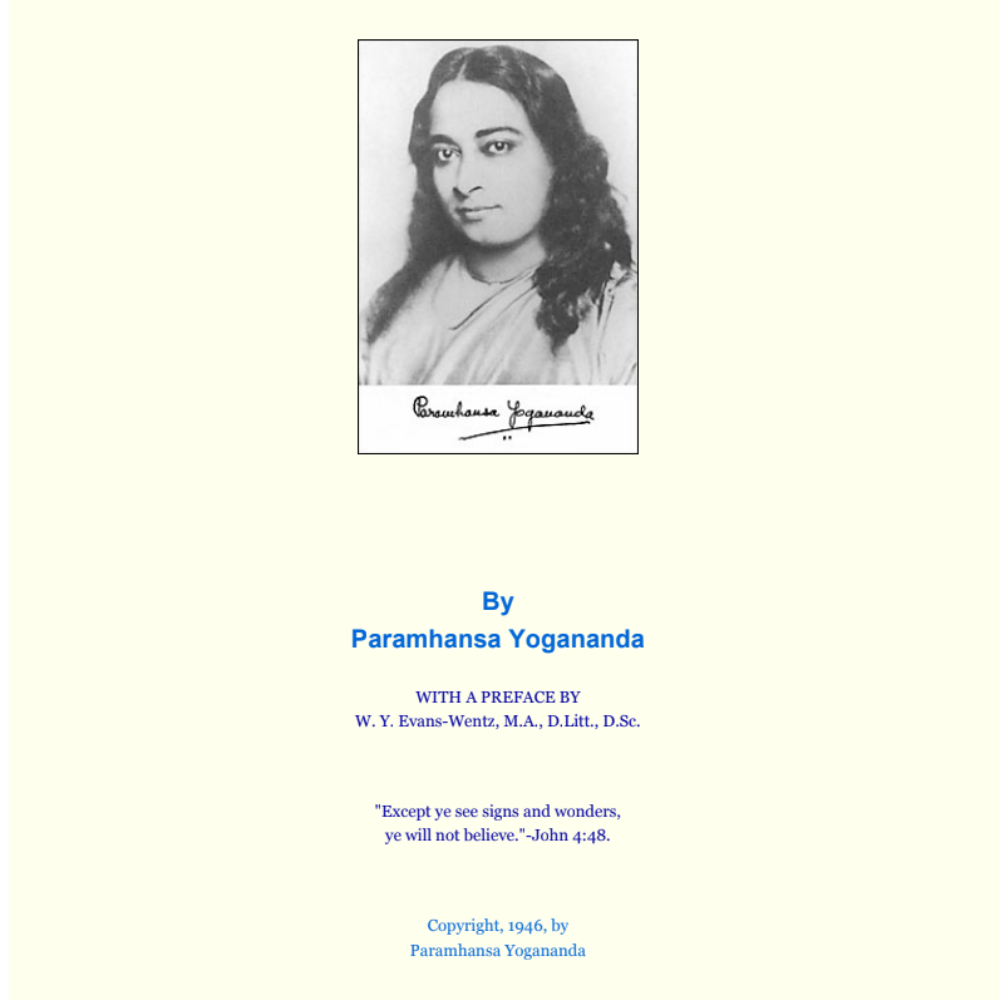Foreword
The Bhagavad-gītā is the best known and the most frequently translated of all Vedic religious texts. Why it should be so appealing to the Western mind is an interesting question.
It has drama, for its setting is a scene of two great armies—banners flying—drawn up opposite one another on the field, poised for battle. It has ambiguity, as Arjuna and his charioteer Kṛṣṇa carry on their dialogue between the two armies, reflecting Arjuna’s deep indecision about a fundamental question: Should he enter battle against and kill those who are his friends and kinsmen?
It has mystery, as Kṛṣṇa reveals to Arjuna His cosmic form. It also presents a profound and intricate understanding of the religious life, treating the paths of knowledge, works, discipline, and faith, and their interrelationships—problems that have occupied the minds of religious seekers across times and cultures.
The devotion (bhakti) spoken of here is not merely an outpouring of poetic emotion, but a deliberate means of religious realization. Next to the Bhāgavata Purāṇa, a long and influential work from South India, the Gītā is the text most frequently quoted in the philosophical writings of the Gauḍīya Vaiṣṇava school—the school represented by Swami Bhaktivedanta, the latest in a long succession of teachers.
It can be said that this school of Vaiṣṇavism was founded—or revived—by Śrī Kṛṣṇa Caitanya Mahāprabhu (1486–1533) in Bengal, and that it remains one of the strongest religious forces in the eastern part of the Indian subcontinent.
The Gauḍīya Vaiṣṇava school, for whom Kṛṣṇa is Himself the Supreme God (and not merely an incarnation of another deity), regards bhakti as an immediate and powerful spiritual force—a loving relationship between man and God. Its discipline lies in devoting all actions to the Deity: listening to the sacred stories of Kṛṣṇa, chanting His holy names, bathing and dressing His image (mūrti), offering Him food and partaking of its sanctified remnants. Through such acts, one gradually becomes transformed—the devotee grows close to Kṛṣṇa and ultimately beholds the Lord face to face.



